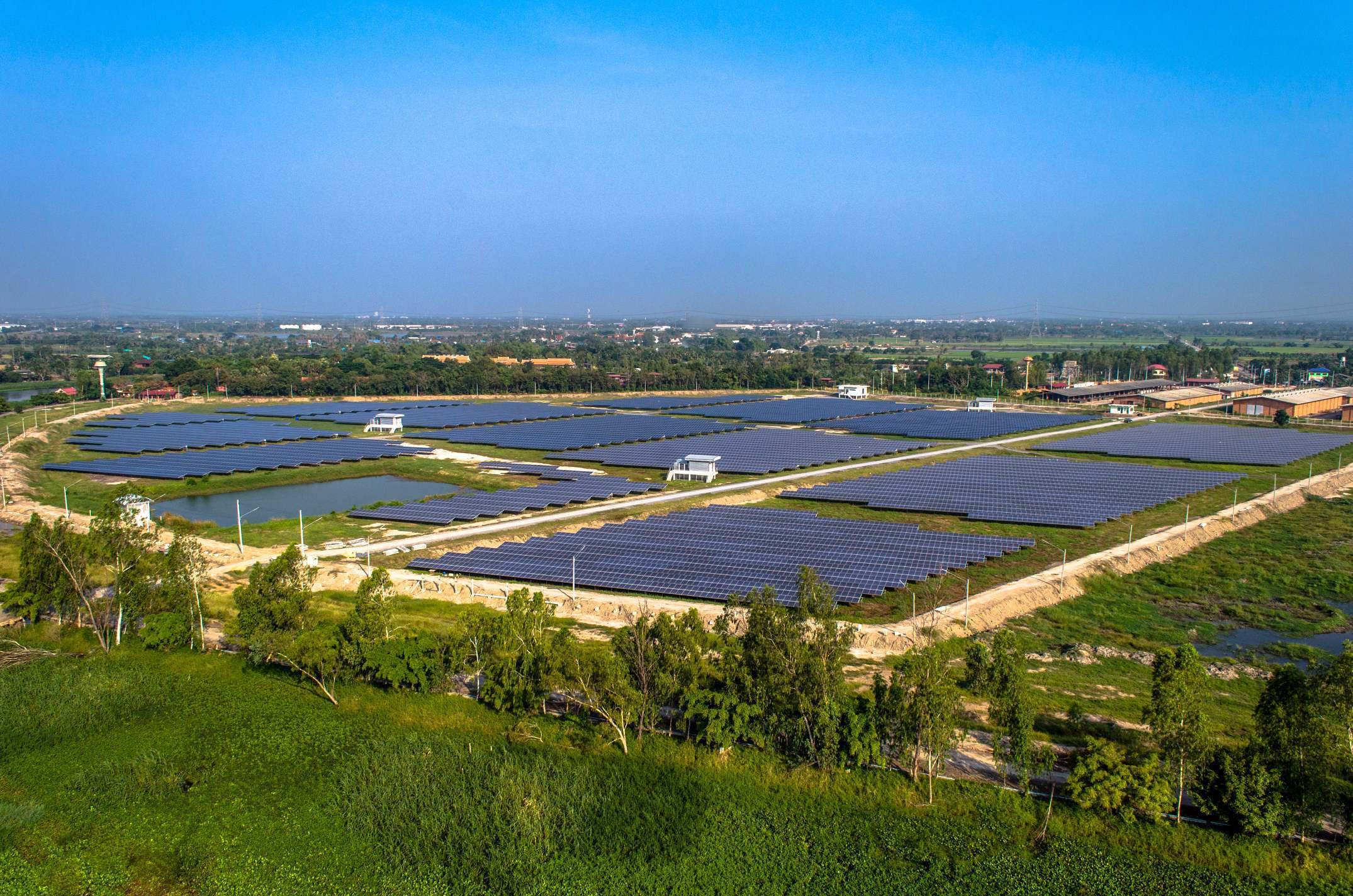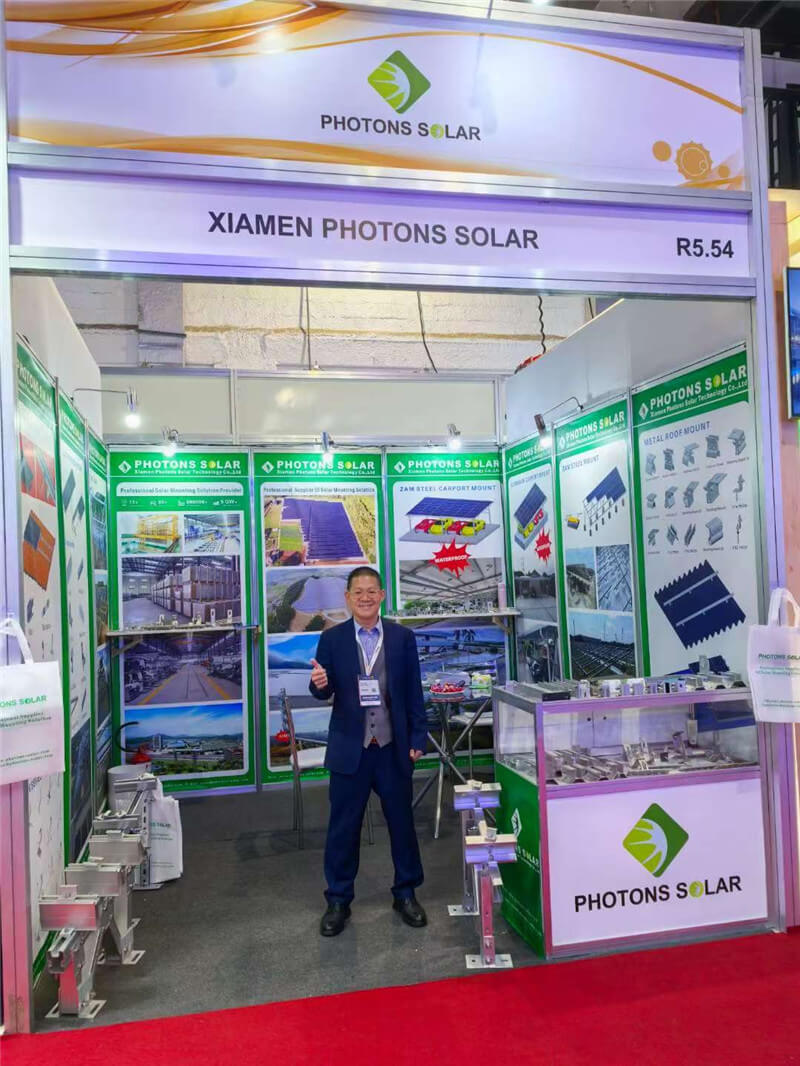Comparison between Aluminum and Steel PV mounting structure
Release time:
2023-01-12
Source:
1. Anti-corrosion:
At present, the main anti-corrosion method of the bracket of the steel is hot-dip galvanized to 80μm, and the aluminum alloy is anodized to 12μm.
Aluminum alloy is in the passivation area in the atmospheric environment, and a dense oxide film is formed on its surface, which hinders the contact between the surface of the active aluminum substrate and the surrounding atmosphere, so it has very good corrosion resistance. And its corrosion rate decreases with time going.
Steel under normal conditions (C1-C4 environment), 80μm galvanized thickness can guarantee its use for more than 20 years. However, in high-humidity industrial areas or high-salinity seashores or even temperate seawater, the corrosion rate is accelerated, and the amount of galvanizing needs to be more than 100μm, and regular maintenance is required every year.
Aluminum alloys are far superior to steel in terms of corrosion resistance.

2. Appearance:
There are many surface treatment methods for aluminum alloy profiles, such as anodizing, chemical polishing, fluorocarbon spraying, electrophoretic painting, etc. The appearance is beautiful and can adapt to various environments with strong corrosion. It is generally used in rooftop mounting system with load-bearing requirements and in strong corrosive environments. For example: metal roof mounting system, chemical plant power station, etc., using aluminum alloy as the bracket will have a better effect.
Steel is generally hot-dip galvanized, surface sprayed, painted and so on. The appearance is worse than that of aluminum alloy profiles. It is also inferior to aluminum profiles in terms of corrosion resistance.
3. Strength and weight:
3. Strength and weight:
Under the same conditions, the deformation of aluminum alloy is 2.9 times that of steel, and the weight is 35% of steel. Therefore, steel is better than aluminum alloy profiles in strong wind areas and relatively large spans.But it is easier to transport and install for the lighter Alumimum structures.
4. Cost:
In general, when the basic wind pressure is 0.6kN/m2 and the span is less than 2m, the cost of the aluminum alloy bracket is 1.3-1.5 times that of the steel structure bracket. In small-span systems, such as metal roofs, the cost difference between aluminum alloy brackets and steel structure brackets is relatively small, and aluminum alloy is much lighter than steel brackets in terms of weight, so it is very suitable for roof power stations.
Besides, with special aluminum hollow structure and connect way, it is easy to intall the aluminum mountings.Cutting,drilling,welding,etc have been done before shipping, greatly reduce your installation time and labor costs.

the bracket of the steel
Related News
2025-07-07 11:40
How a Reliable Solar PV Racking System Enhances Solar Panel Performance
How a Reliable Solar PV Racking System Enhances Solar Panel Performance Table of Contents 1. Introduction to Solar PV Racking Systems 2. Importance of Structural Integrity in Solar Racking 3. Types of Solar PV Racking Systems 3.1 Fixed Tilt Systems 3.2 Ground-Mounted Systems 3.3 Roof-Mounted Systems 3.4 Tracking Systems 4. Key Features of a Reliable Racking System 5. How Racking Systems Affect Sol











